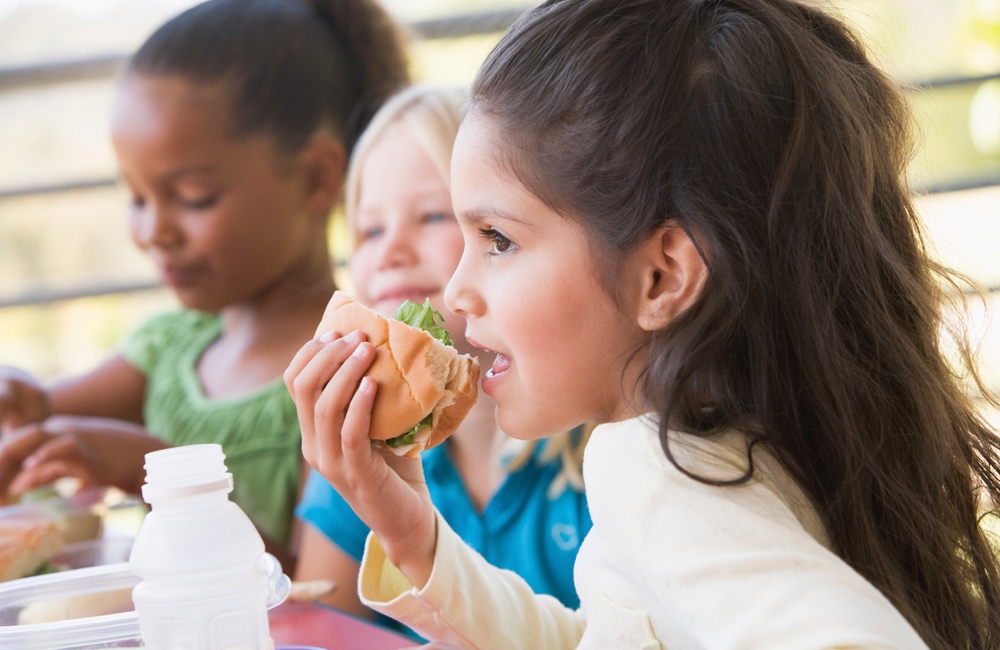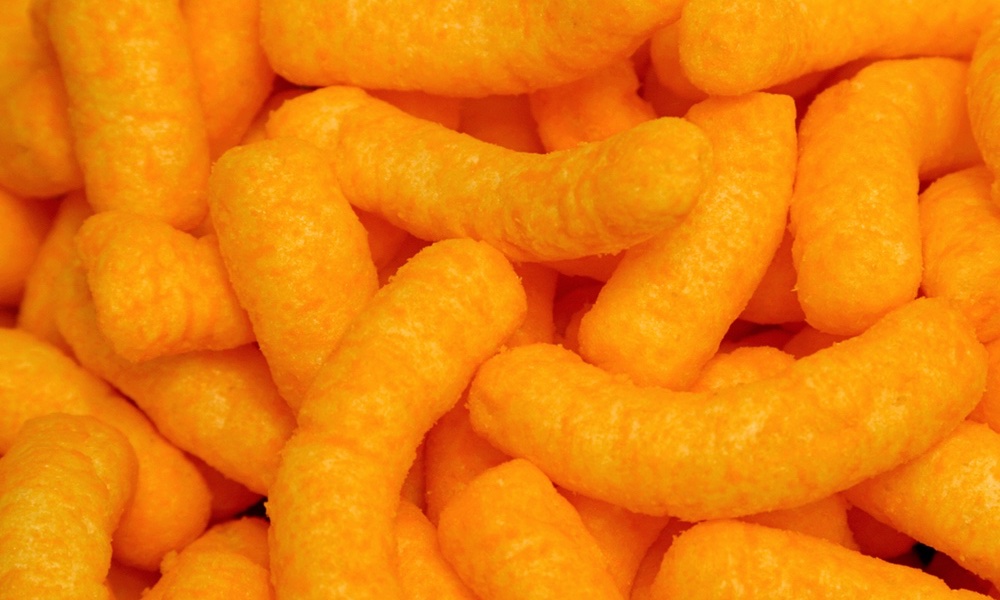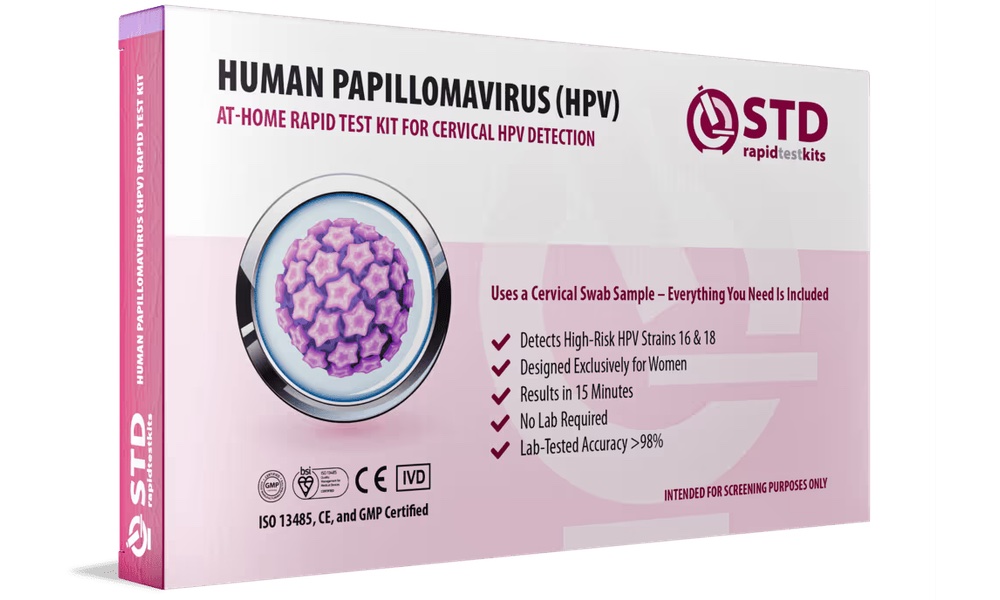With the school year fast approaching, parents gearing up for the off-to-school-routine may be surprised to learn that if their child’s packed lunch from home had to meet the same guidelines as school lunch, it probably would not pass the test.
Not one packed lunch examined in a recent study contained foods from all of the food groups. In fact, researchers found that lunch boxes contained little in the way of fruits, vegetables, and dairy. They were more likely to contain sugar-sweetened beverages and high-sugar, high-fat snack foods. Also, lunches packed at home provided more total calories than lunches purchased at school.
Forty percent of kids bring their lunch to school instead of buying school lunch, according to a study published in the Journal of the Academy of Nutrition and Dietetics. Just 27 percent of those lunches met even three of the five National School Lunch Program standards.The typical home-packed lunch contained simply a sandwich, a snack food such as chips, and water. Milk, a rich source of calcium, was sorely missing.
Tufts University researchers took pictures of the contents of the lunchboxes and/or snacks of over 600 third and fourth grade students. The lunchbox photos were evaluated using a food checklist. Parents had agreed to be part of the study but did not know when the researchers would examine the children’s lunches.
On the day the study took place, almost half of the students brought their lunch and nearly all the lunches (97%) included a snack.
Because about half of the children in the study only brought a snack and planned to buy their lunch at school, a fourth of the lunches did not contain any kind of primary entrée like a sandwich or leftovers, and most of these did not contain a source of protein, such as yogurt, cheese, or peanut butter.Packing lunches in the hectic rush of getting kids off to school in the morning is no easy chore, and parents may often feel limited in what they can send when there’s the need to pack foods that do not need to be kept cold.
Water was the most commonly packed beverage with sugar-sweetened beverages coming in a close second. Milk, a rich source of calcium, was sorely missing. The typical home-packed lunch contained simply a sandwich, a snack food such as chips, and water.
Among those children who only brought a snack from home, just 30 percent contained fruit and 10 percent contained a dairy food. The most common snack foods were a sugar-sweetened beverage and a snack food or dessert.
- 1 cup of fruit
- ¾ cup of vegetables which must include a variety of dark green and red/orange vegetables, starchy vegetables, and legumes
- 1 ounce of grains
- 1 ounce of meat or other protein
- 1 cup of milk.
These standards have been put in place to assure that children have access to a nutritious lunch. Parents might consider making these their standards for packed lunches, too. It's not that difficult.
Packing lunches in the hectic rush of getting kids off to school in the morning is no easy chore, and parents may often feel limited in what they can send when there’s the need to pack foods that do not need to be kept cold.
A little planning can make the task a lot easier.
Prepackage foods like grapes, strawberries, or baby carrots in small plastic bags when you get home from the grocery store. Start tomorrow’s lunch the night before. While it’s convenient to package the foods ahead of time, don’t pack the lunch box until the next morning so that all of the cold things go in together to help hold the temperature until lunch time.
Include a source of protein, whether it’s leftover pizza, a peanut butter sandwich, or a cup of yogurt. Forget the daily, boring serving of white bread, and make sandwiches using a variety of breads. Try whole grain tortillas, pita bread, or other whole grain breads.Forget the daily, boring serving of white bread, and make sandwiches using a variety of breads. Try whole grain tortillas, pita bread, or other whole grain breads.
Prepackaged cups of no-sugar-added fruit are just as easy to pack as fresh fruit like an apple, grapes, or a banana. Baby carrots or other raw vegetables are also easy to pack. It’s easy to keep everything cold until lunchtime. Two bottles of frozen water or two gel packs will keep foods at the right temperature until they are eaten.
Parents who go to the trouble to send their children to school with a homemade lunch or snack have made an important commitment to making sure they keep track of what their kids eat. With a few tweaks, they can make sure their efforts match their good intentions.





